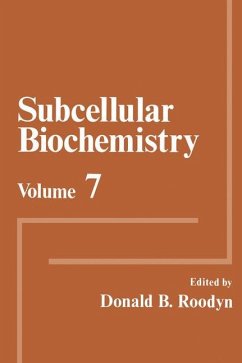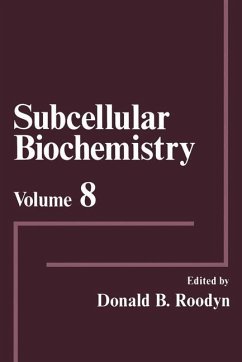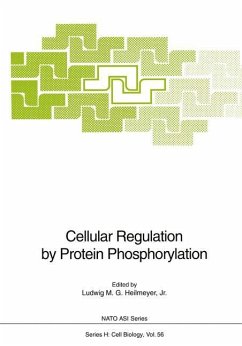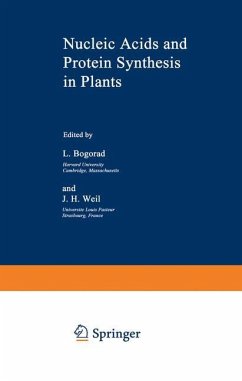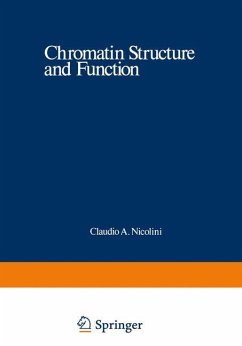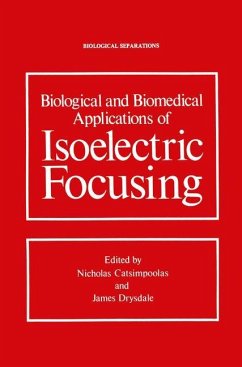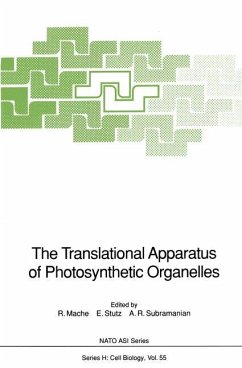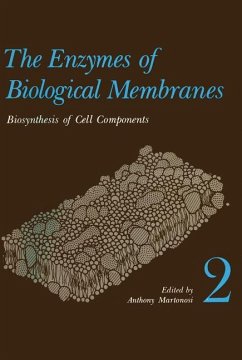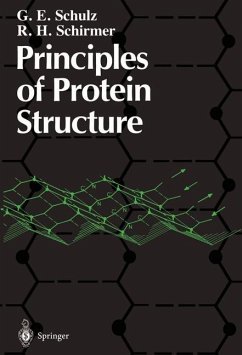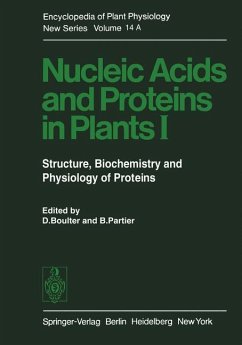
Subcellular Biochemistry
Volume 6
Herausgegeben: Roodyn, Donald B.

PAYBACK Punkte
20 °P sammeln!
This volume continues the tradition of SUBCELLULAR BIOCHEMISTRY of trying to break down interdisciplinary barriers in the study of cell function and of bringing the reader's attention to less well studied, but nevertheless useful, biological systems. We start with an extensive article by T. P. Karpetsky, M. S. Boguski and C. C. Levy on the structure, properties and possible functions of polyadenylic acid. Apart from revealing a general lack of appreciation of many important aspects of the chemical properties of poly adenylic acid, the literature also shows that there is a great gulf between th...
This volume continues the tradition of SUBCELLULAR BIOCHEMISTRY of trying to break down interdisciplinary barriers in the study of cell function and of bringing the reader's attention to less well studied, but nevertheless useful, biological systems. We start with an extensive article by T. P. Karpetsky, M. S. Boguski and C. C. Levy on the structure, properties and possible functions of polyadenylic acid. Apart from revealing a general lack of appreciation of many important aspects of the chemical properties of poly adenylic acid, the literature also shows that there is a great gulf between those who study the biological role of polyadenylic acid. and those who study its physicochemi cal properties. The article by Karpetsky and his colleagues is an attempt to overcome this lack of communication and to present an integrated view of the subject. The authors go into the subject in full detail and the more biologically inclined reader may on occasion have to reread his nucleic acid physical chemistry notes! However, the effort is worthwhile and the article is a timely reminder that we cannot treat nucleic acids as mere abstractions, but that they are complex organic macromolecules capable of equally complex, but nevertheless important, interactions. The next article is by J. Steensgaard and N. P. Hundahl M0ller and deals with computer simulation of density gradient centrifugation systems.





